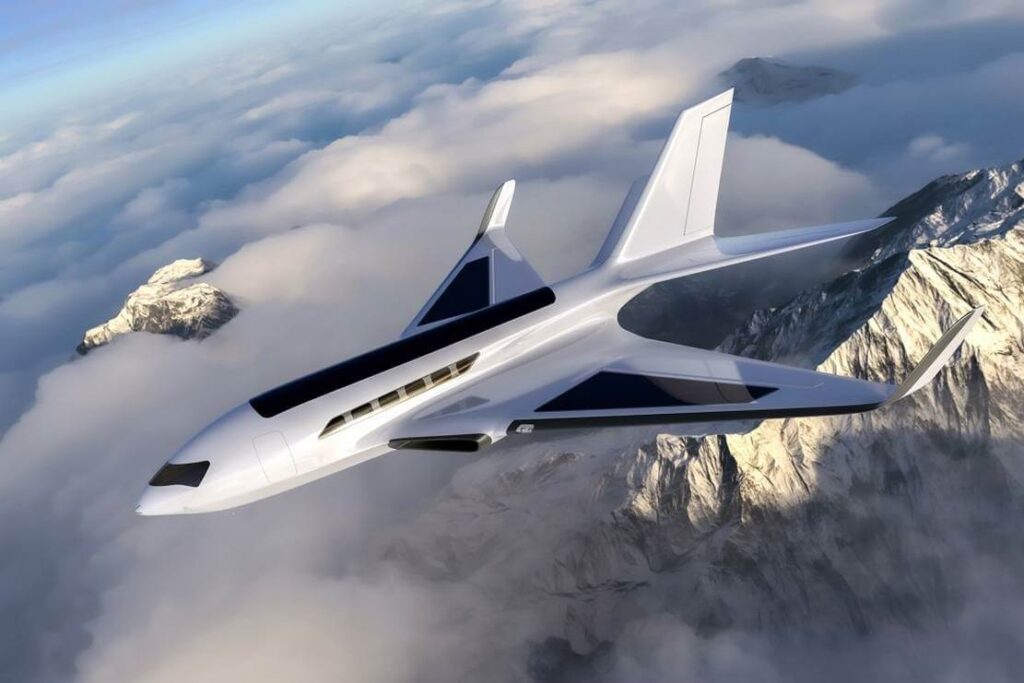Electricity-based urban aviation is getting closer to reality as lithium batteries’ energy density increases, new Tesla research suggests.
The paper released by Canada-based researchers on August 10, 2020, infers a nearing of a breakthrough in battery efficiency technology, possibly paving the way for the future of both urban and commercial electric aircraft. But that dream could still prove to be further from our grasp.
The paper focuses on anode-free lithium metal cells that can store 60% more energy than their traditional lithium-ion counterparts. These could potentially extend the travel capacity of electric vehicles or even kickstart the beginning of flying cars.
The research highlights that the main problem with the anode-free cells is that they degrade quickly and have short life cycles, which is an obstacle for electricity based aircraft especially considering how demanding and energy-dependent its engines are. However, Tesla’s scientists claim to have found a way to increase the lifetime of anode-free cells to 200 cycles. In contrast, 800 to 1,000 cycles are considered the norm for commercial purposes.
The International Air Transport Association (IATA) believes that electric engines are the future for aviation and could significantly improve sustainability, safety and aircraft performance.
The battery lifetime and efficiency have been the focal issues of most electric aircraft designs, considering that electronic engine technology is at its infancy stage. To put things into perspective, the largest electric plane as of August 14, is Cessna eCaravan that can carry nine passengers and is estimated to be able to fly 100 miles per single trip. Additionally, half of Cessna’s four-tonne weight is attributed to lithium-ion batteries. Cutting this weight and improving energy density in cells is one of the few ways of making sustainable travel a possibility.
